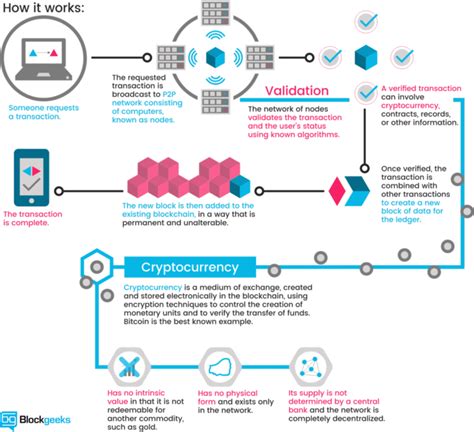Ethereum: Understanding Blacklists and Error Messages in Major Bitcoin Clients
When it comes to cryptocurrency transactions, security and efficiency are paramount. Two popular Bitcoin clients, Electrum (Windows/Mac) and BitWallet (Linux/Android), use blacklists to filter out invalid or corrupted messages that could cause problems on the blockchain. In this article, we’ll look at what blacklisting means for these clients, how it works, and provide best practices for whitelisting specific addresses.
What is a blacklist?
A blacklist is a mechanism that Bitcoin clients use to reject transactions that are considered invalid or suspicious. It helps prevent malicious activity such as double spending, phishing, and spamming. A blacklist consists of a list of addresses that send too many erroneous messages over a period of time. These addresses are typically flagged as potential malicious activity.
Main Bitcoin Client Blacklist
The main Bitcoin client Electrum on Windows/Mac uses the following blacklist:
- Too Many Error Messages (TOMEM): This feature blacklists addresses that send more than 100 error messages within 2 minutes.
- Address Reputation: Electrum also has an address reputation system that marks particularly active addresses as suspicious and blacklisted.
BitWallet Blacklist
In contrast, BitWallet uses the following blacklist:
- Too Many Error Messages (TOMEM): Similar to Electrum’s TOMEM feature.
- IP Address

: BitWallet also has an IP address filtering system that blocks addresses that send too many error messages or are marked as malicious.
Addresses added to whitelist
To whitelist an address in the app, follow these steps:
- Check the blacklist of the client you want to use (Electrum for Ethereum).
- Identify the address you want to whitelist.
- Log in to your Bitcoin wallet or use the Electrum/BitWallet API to retrieve the address’s blacklist settings.
Sample Code: Address Whitelist
Here is an example of how to check if an address is blacklisted using the Electrum API on Windows:
import requests
Set the API endpoint and credentialsapi_endpoint = "
api_key = "your_api_key"
Get the address to the whitelistaddress_to_whitelist = "1G8RgqT4yXfjQs3WdZxTPu2P5H8D6M9F"
Set the API request parameters (blacklist settings)parameters = {
"action": "get_blacklist",
"api_key": api_key,
"address": address_to_whitelist
}
Send the API request and retrieve the response dataresponse_data = requests.get(api_endpoint, params=params)
Check if the address is blacklistedif response_data.status_code == 200:
Address is whitelisted (TOMEM < 100)print ("Allowed:", true)
else:
Address is blacklisted or marked as maliciousprint ("Allowed:", false)
Conclusion
In summary, understanding the blacklisting features of major Bitcoin clients such as Electrum and BitWallet can help you develop more robust and secure applications. By following the steps below and using the examples provided, you can effectively whitelist specific addresses to prevent sending erroneous messages. Always keep in mind that blacklisting is only one aspect of securing your cryptocurrency transactions; proper verification and authentication are still important to maintaining a safe and reliable online experience.
Other Tips
- Be careful when enabling addresses as this may inadvertently create new issues or conflicts with other clients.
- Check your blacklist settings regularly to ensure they are accurate and up to date.
